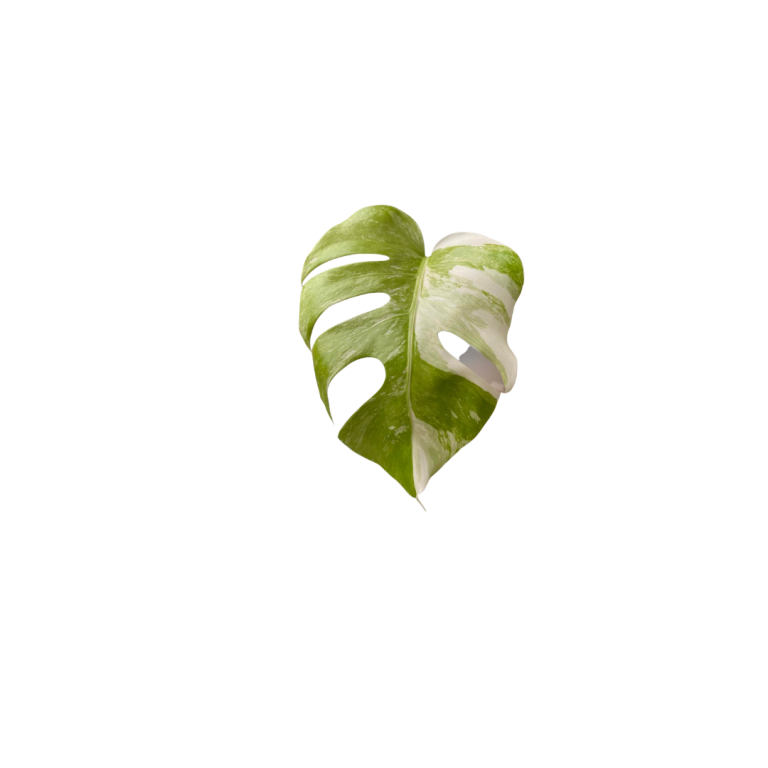Easy Way to Start your Indoor Garden
Indoor houseplants can add beauty, colour, and life to your home, and they have been shown to have a number of benefits for your health and well-being. Here is a guide to choosing and caring for indoor houseplants:
- Choose the right plant for your space: Consider the amount of light that the plant will receive, as well as the size and growth rate of the plant. Some plants, such as ferns and philodendrons, prefer low light conditions, while others, such as succulents and cacti, need bright, direct light.
- Prep your pot: Choose a pot with drainage holes to prevent excess water from sitting in the soil and potentially causing root rot. Make sure the pot is the appropriate size for the plant, as a pot that is too small can restrict the plant’s growth, while a pot that is too large can lead to excess moisture in the soil.
- Use the right soil: Different plants have different soil needs, so it’s important to choose the right soil for your plant. Most indoor plants do well in a well-draining, peat-based potting mix.
- Water your plant: Overwatering is a common cause of plant death, so it’s important to water your plants only when the soil is dry to the touch. Be sure to check the soil moisture level before watering, as the frequency of watering will depend on the size of the pot, the type of plant, and the humidity and temperature in your home.
- Fertilize your plant: Most indoor plants will benefit from a balanced fertilizer applied at half strength once a month during the growing season. Avoid overfertilizing, as this can lead to excess foliage at the expense of flowers or fruit.
- Prune your plant: Pruning helps to remove dead or damaged foliage, encourage new growth, and maintain the shape of the plant. Use clean, sharp scissors or pruning shears to remove any dead or damaged leaves or stems, taking care not to remove more than 25% of the plant’s foliage at one time.
- Repot your plant: As your plant grows, it may need to be repotted into a larger pot. Signs that your plant needs to be repotted include roots growing out of the drainage holes, the soil drying out too quickly, and the plant becoming top-heavy or unstable in its current pot.
By following these tips, you can keep your indoor houseplants healthy and thriving for years to come.







